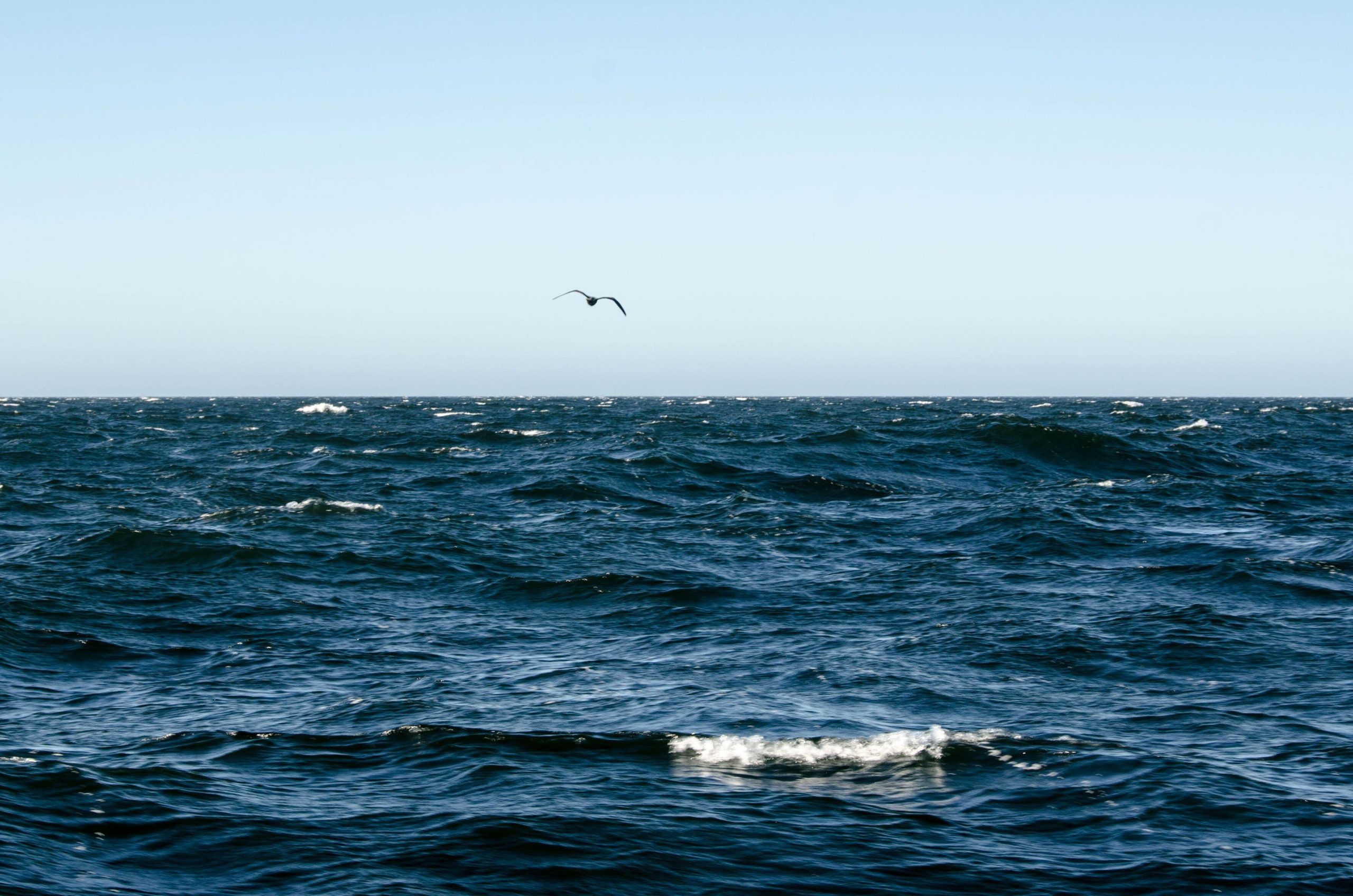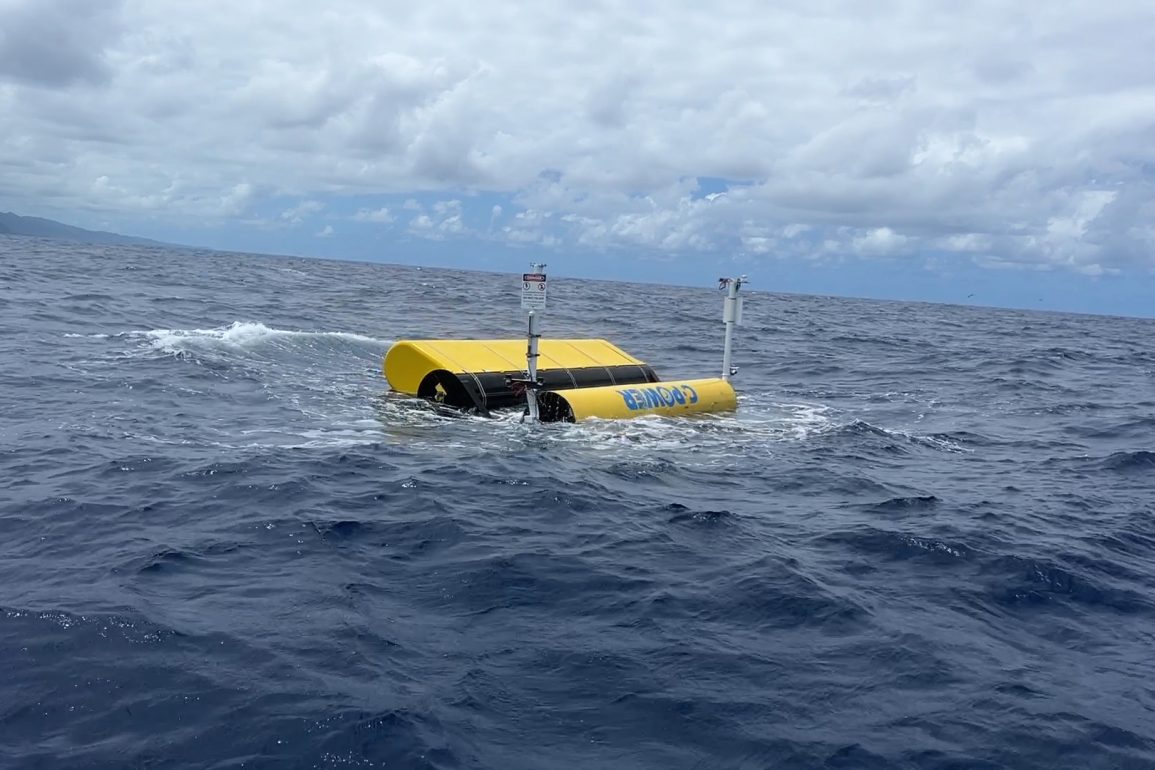Wave energy offers a promising solution to the inconsistency of other renewables like solar and wind, as waves persist even in calm weather or at night. However, harnessing wave power has historically been challenging, mainly due to the difficulties of testing in real ocean conditions.
PacWave, a project off the coast of Newport, Oregon, aims to address this by creating a dedicated testing ground for wave energy technologies. This facility is designed to help developers refine their systems in real-world conditions, potentially advancing the industry.
The wave power industry lags 20 years behind wind power, partly because testing wave energy devices in the ocean is far more complicated than building and testing wind turbines on land. Wave energy development requires extensive permitting, specialized vessels, and complex anchoring systems to secure devices in the unpredictable ocean environment. In contrast, wind energy progressed rapidly as real-world testing of various turbine designs led to the standardized models used today.
PacWave provides a unique environment for testing wave energy devices. Spanning two square miles in the Pacific Ocean, the site includes four subsea cables that connect to the local utility grid and a data-collection facility.

These cables, each with a capacity of five megawatts, offer a total peak capacity of 20 megawatts, enough to power thousands of homes. The project overcame significant regulatory and environmental hurdles to reach this stage, including completing a 2,000-page permitting document and implementing environmentally conscious construction methods.
PacWave’s role is to facilitate testing rather than develop wave energy technology itself. By offering a grid-connected, regulated testing site, the project eliminates the need for developers to secure their own permits and construct facilities. This lowers the barriers to innovation and accelerates the testing process. Developers like CalWave are set to begin testing their devices at the site, with the facility expected to be operational by mid-2025 and initial grid connections planned for 2026.
While wave energy is not yet cost-competitive in regions like Oregon, it holds significant potential in areas with limited renewable options, such as Alaska, where solar power is less viable, and communities rely on diesel generators. PacWave’s advancements could pave the way for wave energy to complement wind and solar in a diversified renewable energy portfolio. Scientists estimate waves could eventually supply up to 20% of the U.S. electricity demand, marking a significant step forward in sustainable energy solutions.

